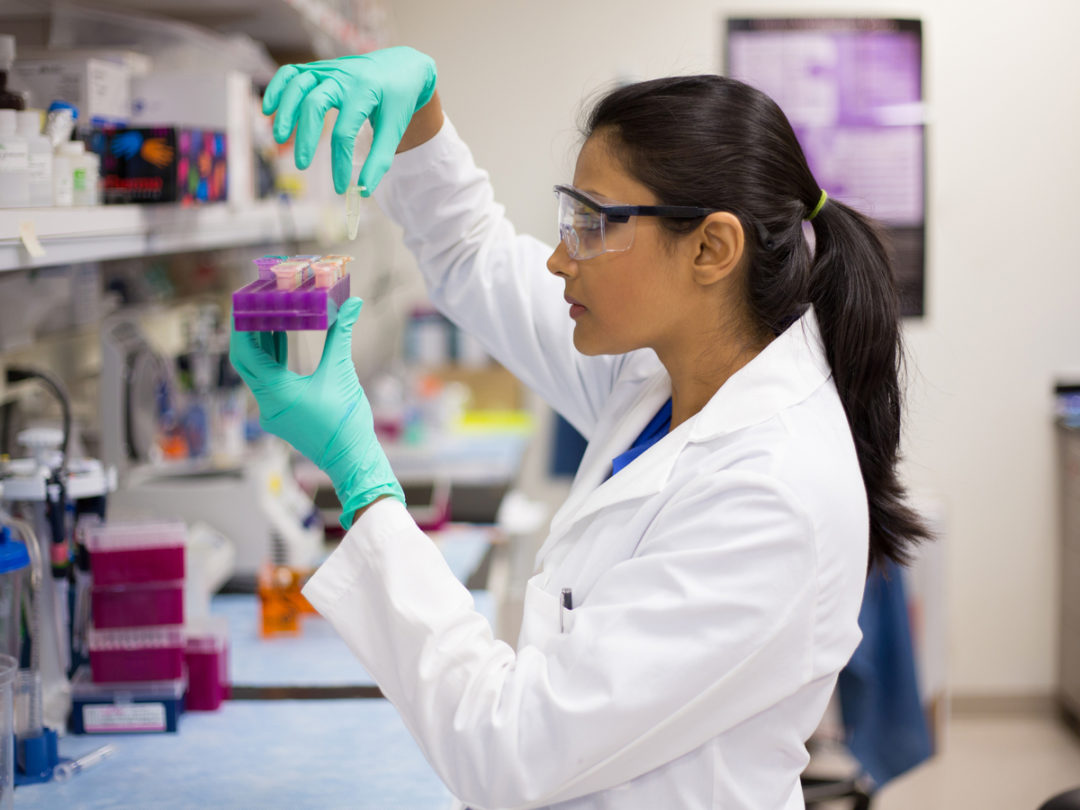
Visit Our Sponsors |
|
|
|
|
|
|
|
|
|
|
|
|
|
|
|
|
|
|
|
|
|
|
|
|
|
|
|
|
|
|
|
|
|
|
|
|
|
|

India plans to ramp up production of pharmaceutical ingredients and become an alternative supplier for global drugmakers hit by factory shutdowns in China due to the coronavirus outbreak.
The Indian government has aggressively begun implementing a policy to ramp up local output and emerge as an alternate to China, according to people familiar with the plan who asked not to be identified as discussions are not public yet. The so-called “China-plus one” strategy involves identifying essential drug ingredients, providing incentives to domestic manufacturers and reviving ailing state-run drugmakers, they said.
The deadly coronavirus, which shut down vast swathes of the Chinese economy before becoming a pandemic, snapped global supply chains as factories in Asia’s largest economy fell silent. For India — world’s single-largest exporter of generic drugs — this triggered raw material shortages and exposed its dependence on Chinese imports. The south Asian nation relies on bulk ingredients from China to manufacture a fifth of the global supplies of drugs that are off patents.
Highly Dependent
| Bulk Drug | % Imported From China* |
| Paracetamol | 100 |
| Metformin | 100 |
| Amoxicillin | 90-95 |
| Ampicillin | 100 |
| Ibuprofen | 85-95 |
| Ciprofloxacin | 100 |
*Source: Pharmexcil, 2018 data
India imports almost 70% of its bulk drugs and intermediates — the chemicals that make a finished drug work — from China. A number of these are sourced from Hubei province, where the pathogen first emerged in late-December. Of the total $3.56 billion imports of such products in 2018-19, China’s share was $2.4 billion, according to information presented in the Indian parliament.
The current crisis also gives an opportunity to India to challenge China’s stronghold on supplying basic drug ingredients.
After announcing a 140-billion-rupee ($1.8 billion) fund last month for setting up three drug manufacturing hubs, the government has identified 53 key starting materials and active pharmaceutical ingredients (APIs) whose output will be boosted on priority, the people said. These include fever-medicine paracetamol and antibiotics such as penicillin and ciprofloxacin.
Discussions are also underway on the viability of reviving on loss-making state-owned drugmakers Hindustan Antibiotics Ltd. and Indian Drugs and Pharmaceuticals Ltd. to speed up this process and ensure affordable medicines, the people familiar said.
“Indian bulk drug manufacturers could grow income by $3.3 billion if they expand capacity and global supply as the virus outbreak disrupts China’s pharma sector,” Mia He and Jamie Maarten, analysts with Bloomberg Intelligence wrote in a March 16 note.
Essential Medicines
Of the 373 drugs listed under India’s national essential medicines list, some 200 are imported as APIs, mostly from China, Dinesh Dua, chairman of Pharmexcil, an export promotion council under the trade ministry, told Blomberg over phone.
Sudhir Vaid, chairman and managing director, Concord Biotech Ltd, said the government should support local companies by giving low cost power, subsidies and faster approvals. It takes as long as three years to get approvals, Vaid said.
“If the government goes full throttle with the monetary help in one cluster, it can become a success in two years,” Pharmexil’s Dua said. “In five years, we can replicate that model throughout the country.”
RELATED CONTENT
RELATED VIDEOS
Timely, incisive articles delivered directly to your inbox.

